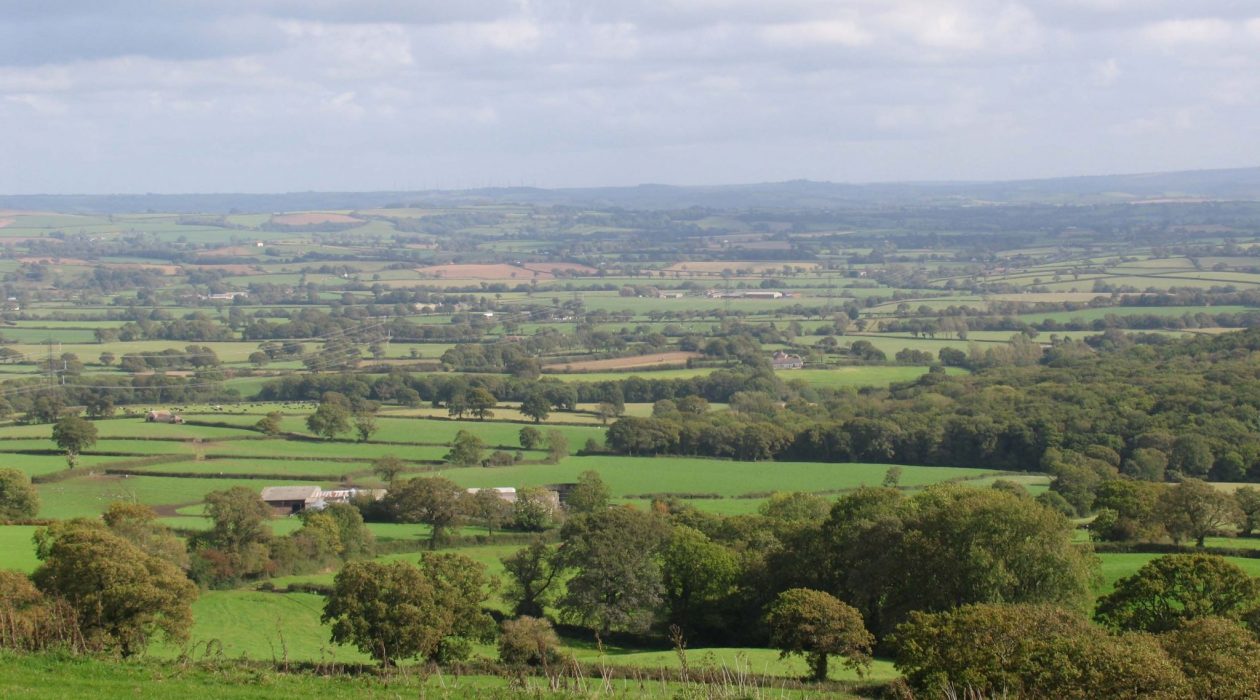Clay Vale
The clay vale landscape type is represented by the intimate and rural Marshwood, Blackmore and Halstock Vales.

The clay vale landscape type is represented by the intimate and rural Marshwood, Blackmore and Halstock Vales.

The clay vale landscape type is represented by the intimate and rural Marshwood, Blackmore and Halstock Vales. They have predominantly small pastoral fields of trimmed hedgerows and hedgerow oaks, with patterns of medieval settlement and clearance with a long tradition in dairy farming. Scattered farmsteads underpin the largely undeveloped and tranquil character.
Landscape change